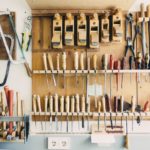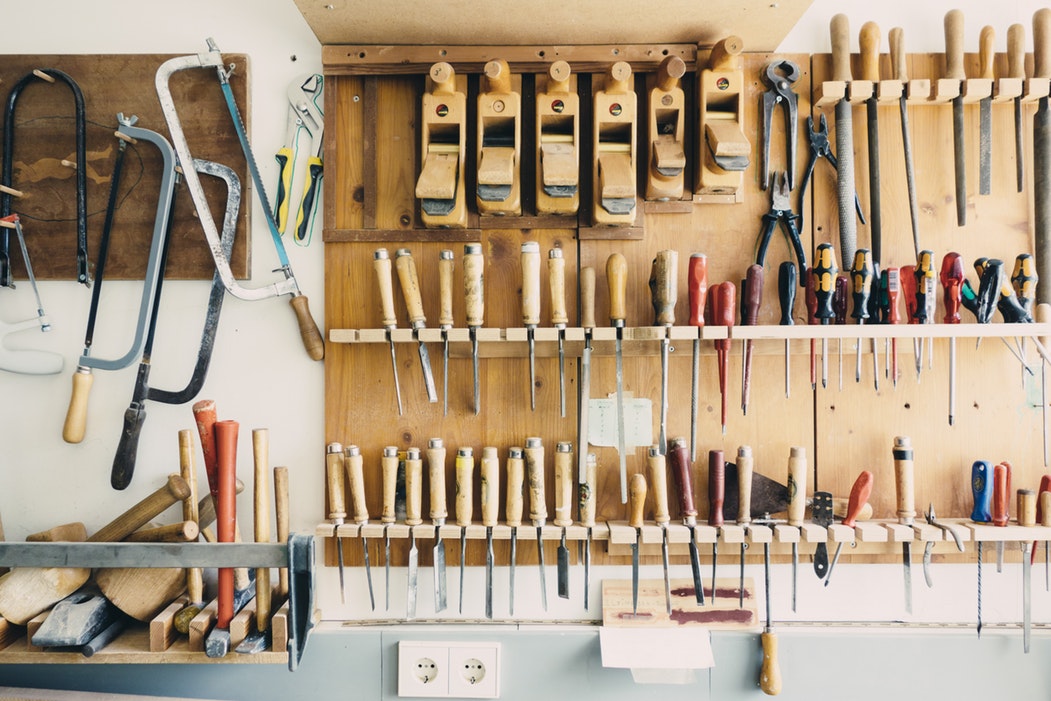 If you are a novice plumber, you need to be aware of the essential tools that you are supposed to have. The list might be endless but I will mention and offer a brief description of the few of these important plumbing tools.
If you are a novice plumber, you need to be aware of the essential tools that you are supposed to have. The list might be endless but I will mention and offer a brief description of the few of these important plumbing tools.
For example, what is the best hand tool sets for home? You need to keenly learn from this plumbing tools list so that you can equip your tools locker.
If you have already learned all about plumbing, you will agree that plumbing involves activities such as repair, installation, maintenance of pipes alongside other items.
If you want to augment your performance, I would encourage you to take your time and study this plumbing tools list whether you are a novice or a slightly experienced plumber.
Having a comprehensive grasp of these tools will enable you to start a fully operational plumbing business, which is an advantage to you.
If clients understand the way you are always equipped with the required plumbing tools, they will always seek for your services. Clients will trust the efficiency of your operations when you have all the tools at your disposal.
If you have all the necessary tools, you will be able to complete projects in time since you don’t have to struggle when looking for the required tools in a specific client’s work. Now below ‘plumbing tools list’ to enable you to conduct your work with minimal headache.
Necessary Plumbing Tools List
- Metal file
- Plunger
- Auger
- Plumber’s tape
- Tubing cutter
- Wrench
- Rib-joint pliers
- Hole saw
- Fire-resistant cloth
- Channel locks
Description of the Plumbing Tools List
- A wrench – you are supposed to buy both basin wrench and pipe wrench since they are specially designed for performing in different circumstances. A pipe wrench is used to tighten pipes that are close to walls. They come in different sizes and can be varied depending on the nature of the application.
A pipe wrench should enable you to work on odd angles and in tight spaces and this explains why it has a long handle. It has teeth designed to grasp the pipe and a C-clamp that you can adjust depending on the size of the pipe you working on.
On the other hand, you can use a basin wrench when you are repairing or replacing an old faucet. You can also use a basin wrench in the repair or replacement of water supply lines. - An auger (drain snake) – you can use this tool to remove clogs that are stuck inside the water pipes. Rather than pushing the debris down the drain, an auger is designed with a twisted nose that enables it to pull out the debris.
Augers are made of diverse sizes and work depending on the length and diameters of the pipes.
In the market, you will find rocket nozzle augers, toilet augers, flat tape augers, power augers, and hand augers. All these are important in your toolbox. - Tubing cutter (Hose cutter) – if you are ready for the plumbing job, you have to be prepared for all types of works related to this area. You might find yourself dealing with copper pipes whereby you have to cut them into desired sizes. In such a case, the use of a tubing cutter comes in handy. If you are making an installation that requires copper pipes, this plumbing tool will make the work easy for you.
- Plumber’s tape (Teflon tape) – this helps you to create tight, secure, and waterproof joints between fittings and pipes. It will help you to avoid any incident of leakage after you have completed your work.
- Metal file – if you are working with a metal pipe, you will need to smoothen the rough edges. After you have cut a metallic pipe, you need a metal file to smoothen the rough edge to make them safe when you are handling them and also augment the connections.
- A plunger – if you want to clear a clog in your drain, you will need to use a plunger as one of the tools meant for this work. However, you need to be aware that this tool is only effective if the clog is found near the surface of the drain. You can buy either flange or cup (sink plungers) plungers. For bathtub drains or kitchen sinks, use a cup plunger; for a toilet bowl, use flange plunger.
- Channel locks (Tongue & groove pliers) – some plumbers use it in the place of a pipe wrench that we have discussed earlier. Both the pipe wrench and channel lock can be used alongside each other to stabilize the pipe.
- Fire-resistant cloth – this is intended for your safety. You need to wear this protective cloth especially when the plumbing will involve some soldering.
- Hole saw – if you are working on a hunk of concrete, you will need a Hole Saw to cut holes. The same case will apply if you are working on masonry and wood.
- Rib-joint pliers – this is the last equipment in the plumbing tools list for today. The tool has a gripper which enables you to turn nuts, pipes, bolts, and fittings. The most important to note is that the tool is adjustable.
Conclusion
In essence, this plumbing tools list contains a wide range of types of equipment that can be helpful to you. It does not matter whether you are a beginner or a slightly experienced plumber, but you will require the knowledge of these essential tools for you to succeed in this exciting career. If you want to improve your efficiency levels, always use the right tools. For the safety of your health, accuracy, and quality of your performance, fill your toolbox with the most essential tools you have found in the plumbing tools list that I have provided.
